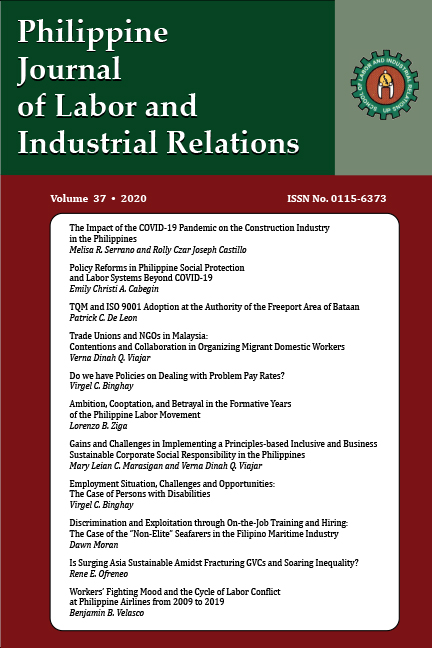Is Surging Asia Sustainable Amidst Fracturing GVCs and Soaring Inequality?
Abstract
The 21st century is widely reported as Asia’s century. And yet, this historic transformation is taking place amidst so much uncertainty as to the trajectory and role of Asia in the evolving global market. The most worrisome for Asia are the disruptions in the global value chains (GVCs), the international production chains that have enabled Asia to flood the world with endless industrial and consumer products. The GVCs are being disrupted by the Fourth Industrial Revolution (FIR), the trade conflicts among the major trading nations, and the global climate crisis which is pushing the world to re-think industrial processes. And in 2020, the COVID-19 pandemic came on top of the foregoing disruptive phenomena, creating a perfect economic storm for the region and more disruptions for the GVC system.
Indeed, how sustainable is Asia’s economic rise if the GVCs that have transformed the region as the world’s industrial workshop are fracturing? Additionally, if the pattern of its GVC-driven economic growth is highly uneven, does it deliver the jobs, welfare and social protection needed by all?
The call of popular movements, trade unions and civil society organizations for a re-balancing of globalization and Asian economic integration must be heeded. Instead of focusing singularly on growth statistics under the imagined Asia’s century, Asian policy makers should address the more important task of how to put people at the center of national, regional and global development.


